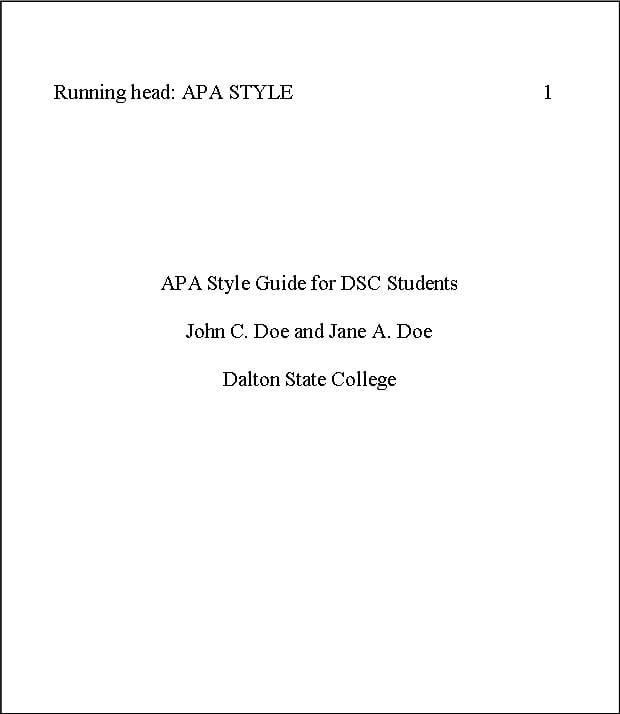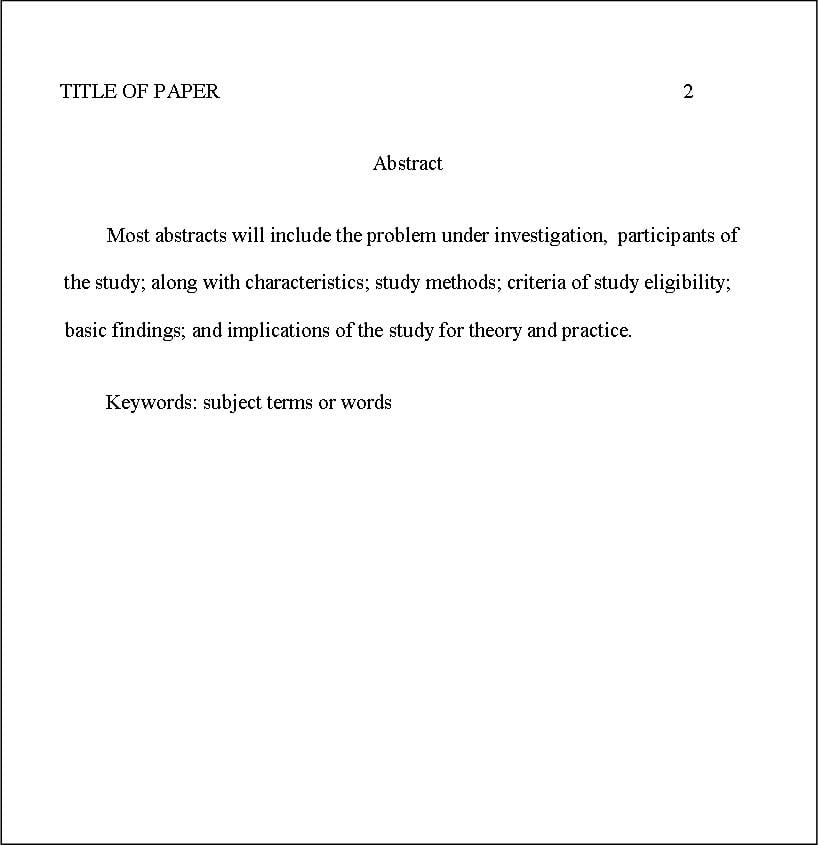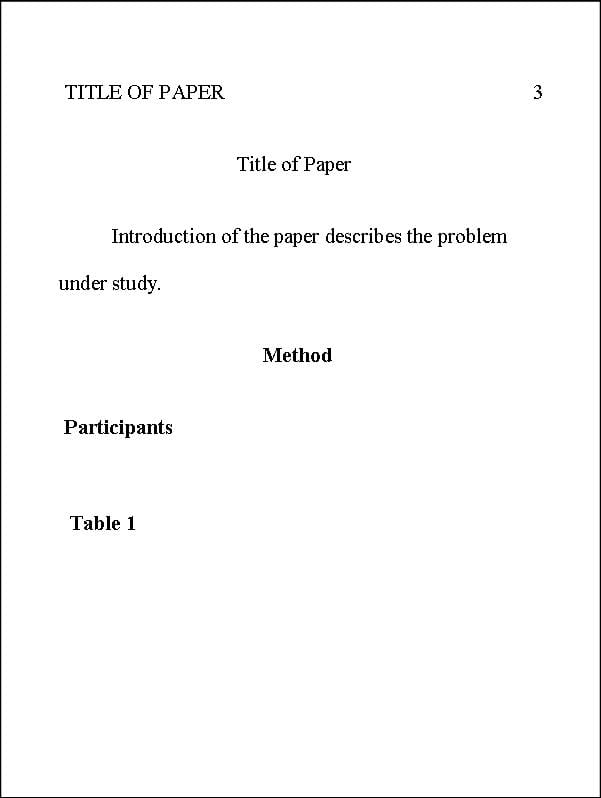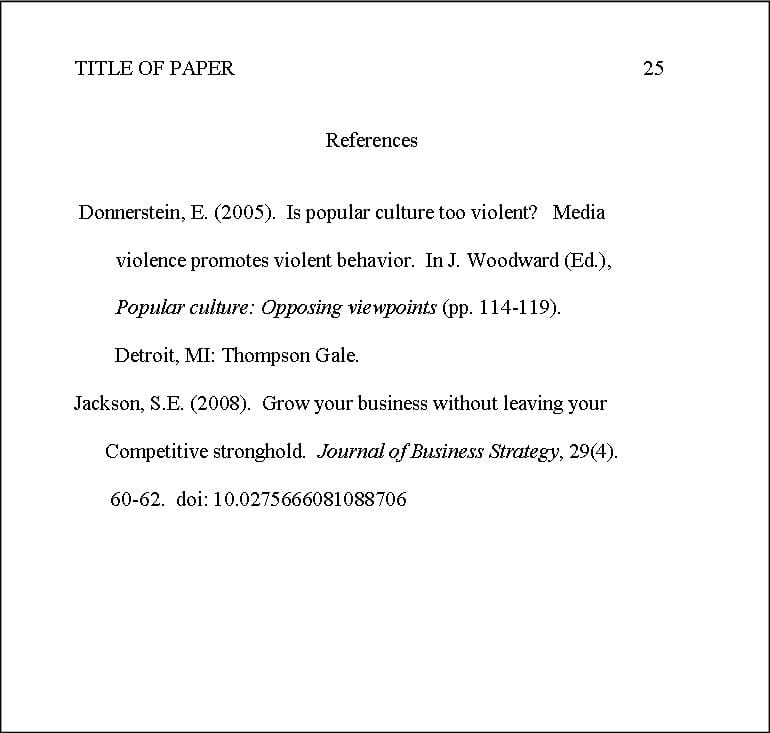The Purdue OWL (Online Writing Lab) is a resource for any APA formatting questions you may have or style questions. Please use this resource as you write your papers and consider purchasing the APA style guide for your use throughout your college career. Publication Manual of the American Psychological Association (6th ed.).
Additionally, the APA Style Blog has several features to help you–whether you are just browsing or looking for an answer to a specific question. For example, you can search the blog, explore posts by category, and view the most recent posts and comments. Use the search box for answers to specific questions like: How do you cite a work where some or all of the authors have the same last name? or How do a cite a YouTube video?







